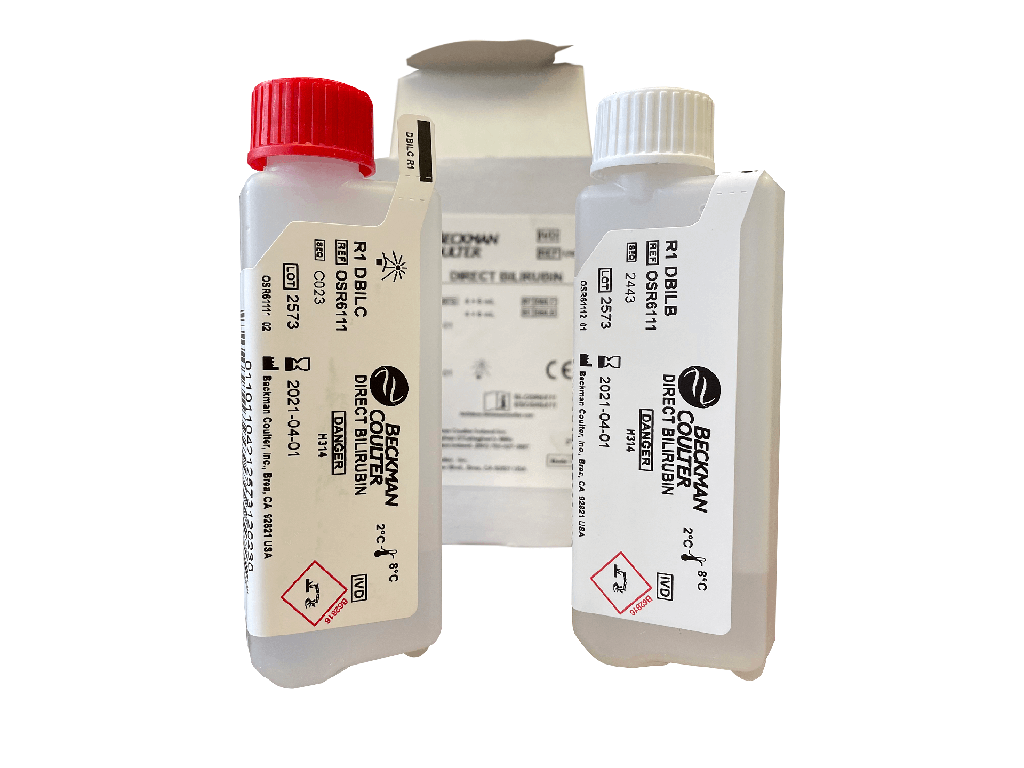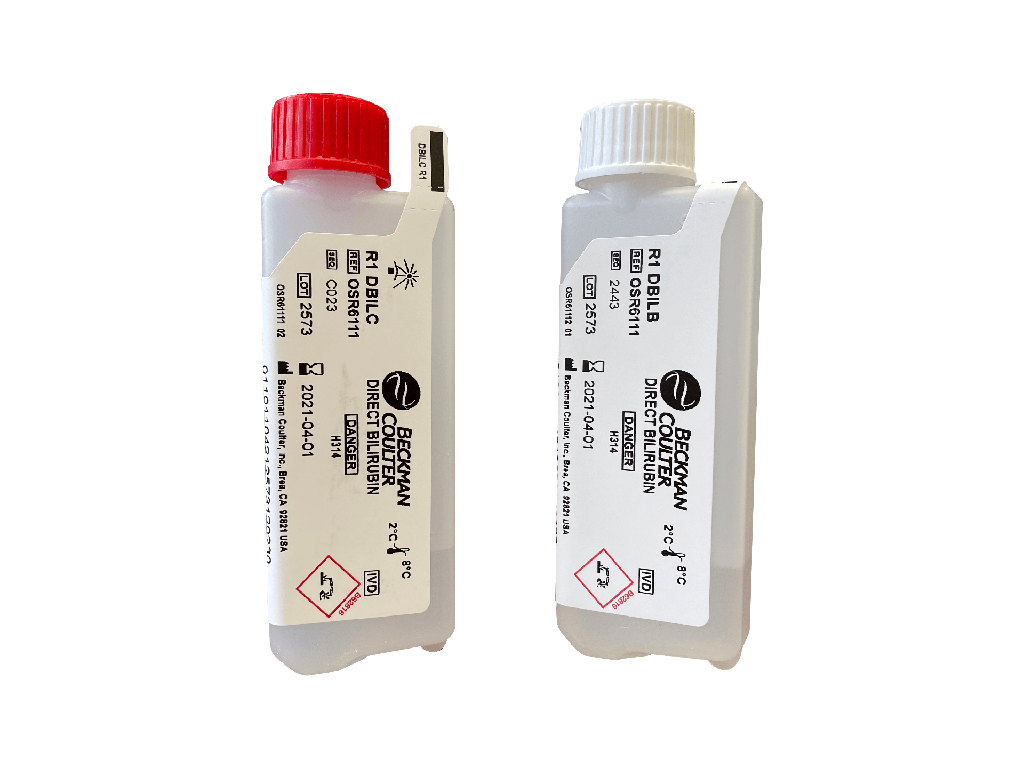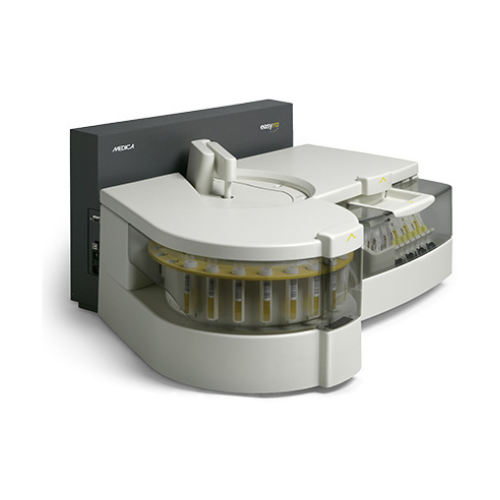For Business Use Only. Does Not Ship to Residential Addresses. For use inside an Analyzer, Sold Separately.
OSR6178 Olympus Creatinine Reagent, 4 x 990 Tests
Product Code: OSR6178
Shipping Weight: 10.00lbs (4.54kg)
Specifications
Manufacturer: Beckman Coulter
Country of Origin: Ireland
Application: Reagent
Number of Tests: 4 X 990 Tests
Test Name: Creatinine
Test Type: General Chemistry
UNSPSC Code: 41116004
Volume: 4 X 51 mL
Intended Use
System reagent for the quantitative determination of Creatinine in human serum and urine on Beckman Coulter AU analyzers.
*Creatinine reagent OSR6678 for use on the AU2700/5400 system only.
About Creatinine Kinase
Measurements of creatinine are used in the diagnosis and treatment of renal disease. Serum creatinine measurements prove useful in evaluation of kidney glomerular function and in monitoring renal dialysis. However, the serum level is not sensitive to early renal damage and responds more slowly than blood urea nitrogen (BUN) to hemodialysis during treatment of renal failure. Both serum creatinine and BUN are used to differentiate prerenal and postrenal (obstructive) azotemia. An increase in serum BUN without concomitant increase of serum creatinine is key to identifying prerenal azotemia. With postrenal azotemia, both serum BUN and creatinine rise, but the rise is disproportionately greater for BUN.Serum creatinine varies with the subject’s age, body weight, and sex. It is sometimes low in subjects with relatively small muscle mass, cachetic patients, amputees, and in older persons. A serum creatinine level that would usually be considered normal does not rule out the presence of impaired renal function.
Methodology
The rate of change in absorbance at 520/800nm is proportional to the creatinine concentration in the sample.

Additional Information
Creatinine Reagent - Safety Data Sheet
Creatinine Reagent - Instructions for Use





















